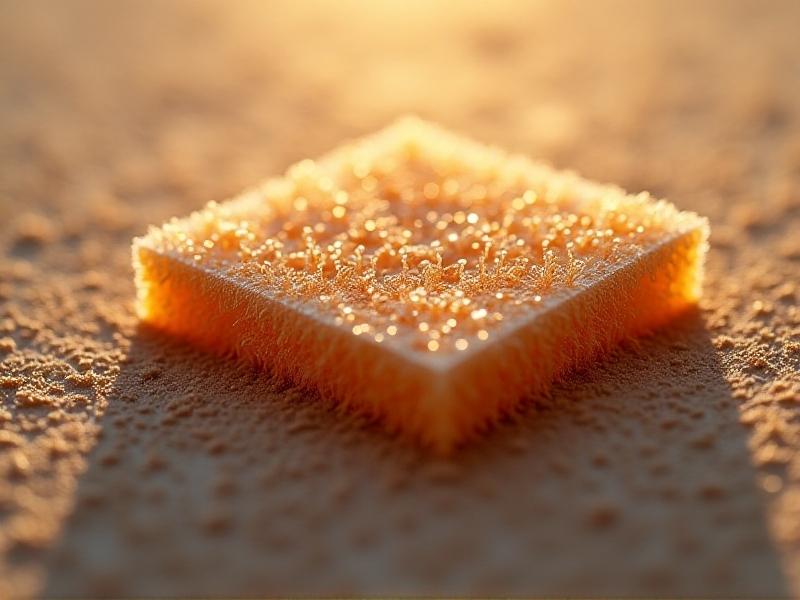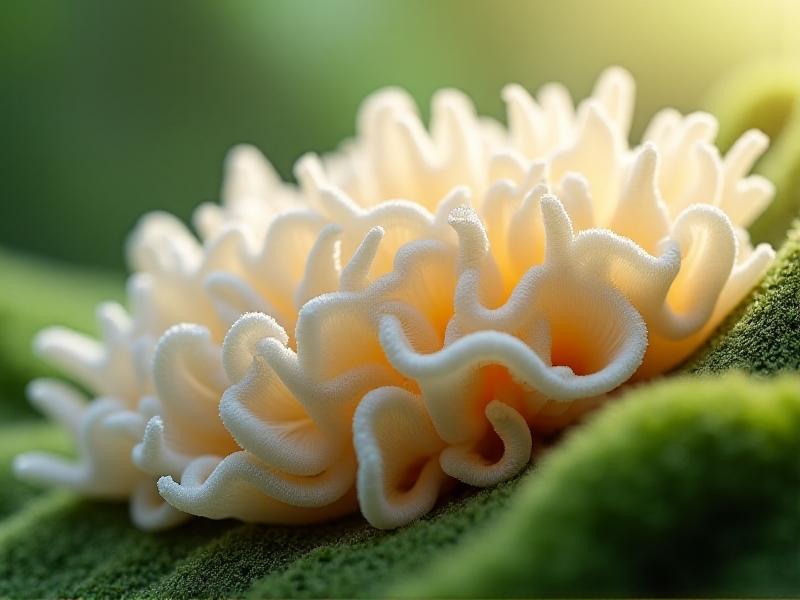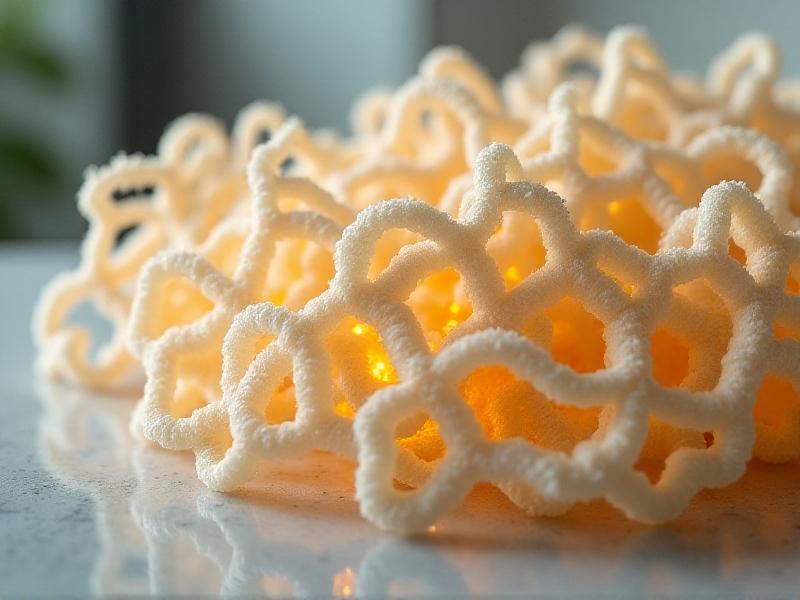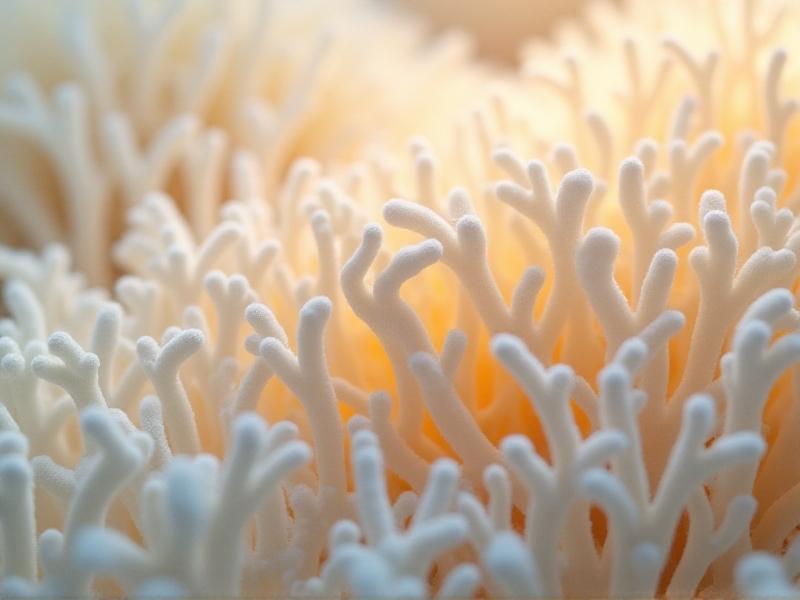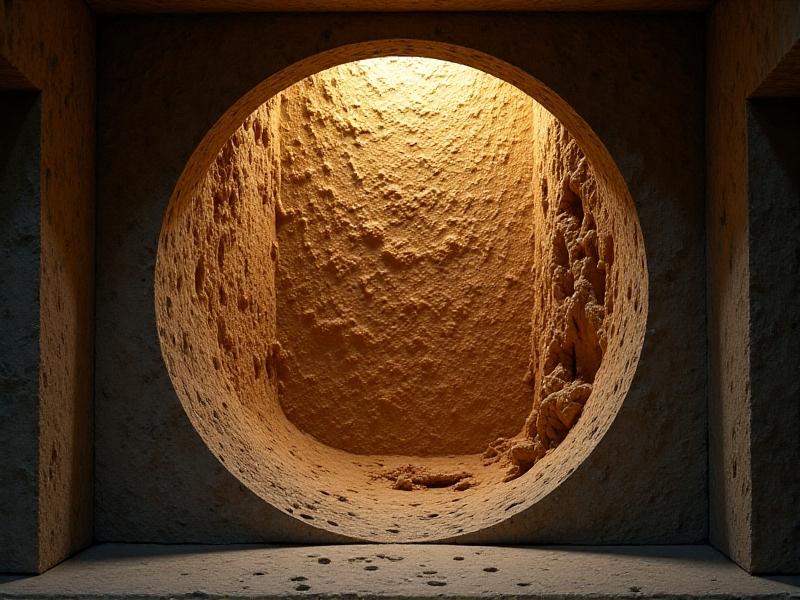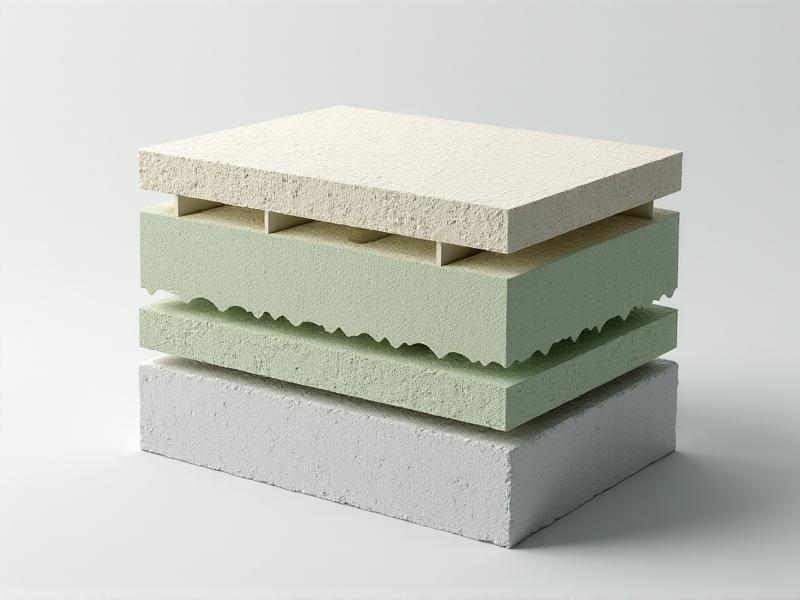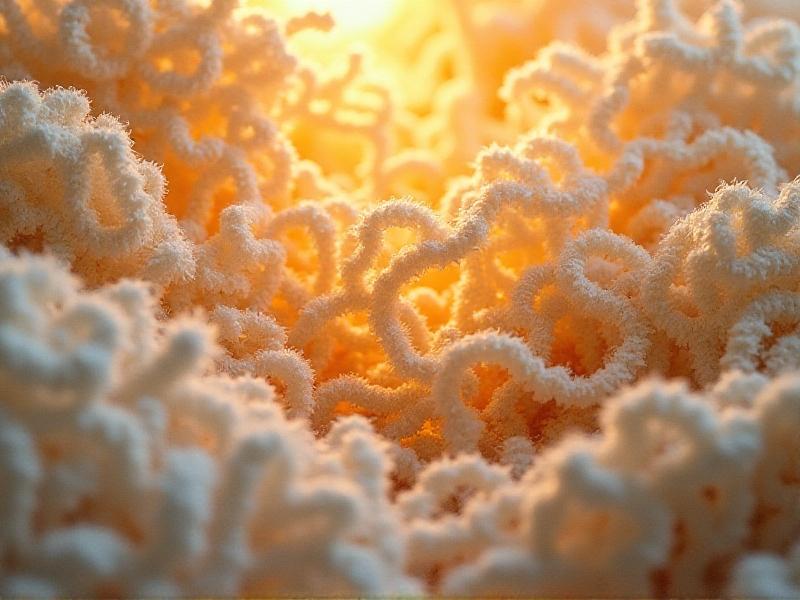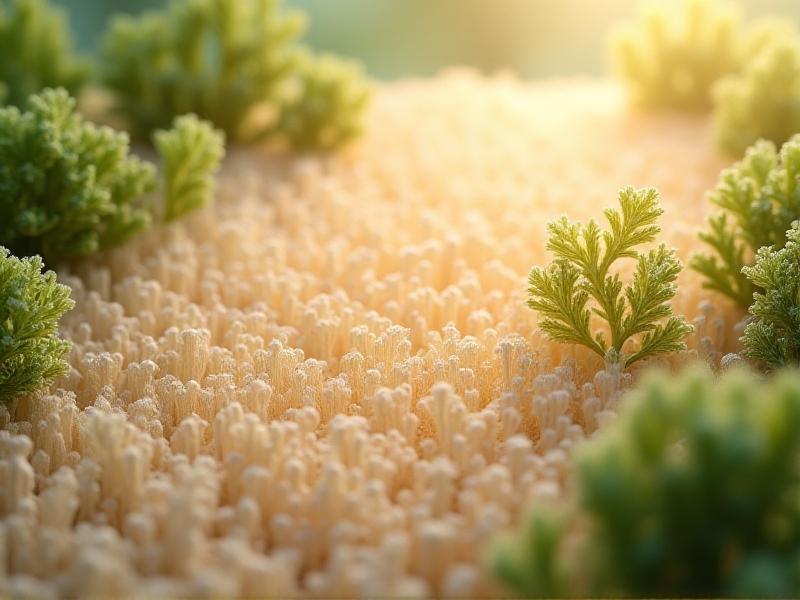Moisture Barrier Integration in DIY Fungal Wall Systems
Introduction to Fungal Wall Systems and Moisture Barriers
Fungal wall systems are an innovative approach to sustainable building, leveraging the natural properties of mycelium—the root structure of fungi—to create eco-friendly, biodegradable materials. These systems are gaining traction in the DIY community due to their low environmental impact and unique aesthetic. However, one of the critical challenges in implementing fungal wall systems is managing moisture. Without proper moisture control, fungal materials can degrade prematurely or become a breeding ground for unwanted mold and bacteria. This is where moisture barrier integration comes into play. A well-designed moisture barrier ensures the longevity and functionality of fungal walls while maintaining their ecological benefits.
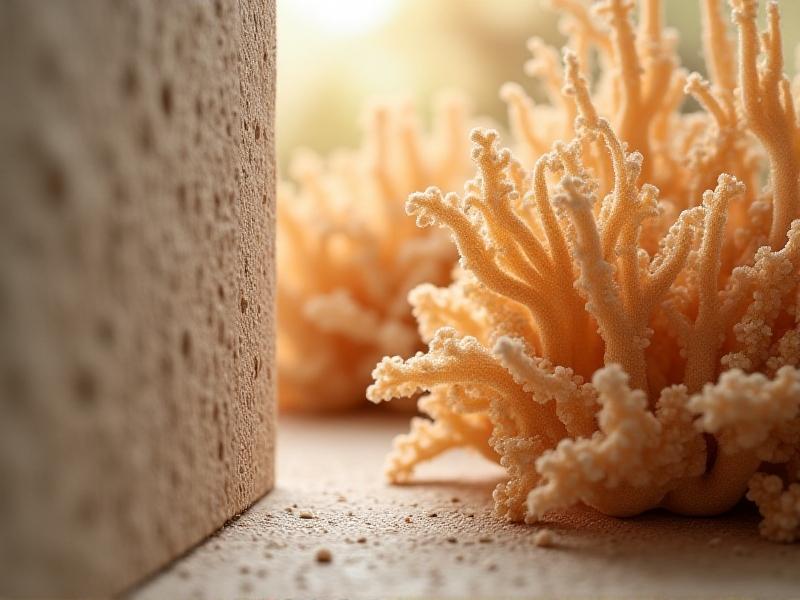
Understanding the Role of Moisture Barriers in Fungal Walls
Moisture barriers are essential components in any construction project, but their role in fungal wall systems is particularly crucial. Fungal materials are highly porous and hygroscopic, meaning they readily absorb and retain moisture. While this property can be beneficial in certain applications, it can also lead to structural instability and microbial growth if not properly managed. A moisture barrier acts as a protective layer, preventing excess water from penetrating the fungal material while still allowing it to "breathe." This balance is key to maintaining the wall's integrity and ensuring it remains a healthy, sustainable building element.

Materials for Effective Moisture Barrier Integration
Selecting the right materials for a moisture barrier in a fungal wall system is a delicate process. The barrier must be durable, flexible, and compatible with the fungal material. Common options include breathable membranes like Tyvek, which allow vapor to escape while blocking liquid water, and natural materials such as cork or treated wood. Each material has its pros and cons, and the choice often depends on the specific application and environmental conditions. For instance, in humid climates, a more robust barrier may be necessary, while in drier regions, a simpler solution might suffice.

Step-by-Step Guide to Integrating a Moisture Barrier
Integrating a moisture barrier into a DIY fungal wall system requires careful planning and execution. Start by preparing the surface where the fungal material will be applied. Ensure it is clean, dry, and free of debris. Next, cut the moisture barrier material to size, allowing for slight overlaps at the seams to prevent gaps. Secure the barrier in place using adhesive or fasteners, ensuring it lies flat and smooth. Once the barrier is installed, apply the fungal material according to the manufacturer's instructions, taking care not to puncture or damage the barrier. Finally, allow the wall to cure and dry completely before finishing or painting.
Challenges and Solutions in Moisture Barrier Integration
While moisture barriers are essential, they can present challenges in fungal wall systems. One common issue is the barrier's impact on the wall's breathability. If the barrier is too restrictive, it can trap moisture inside the fungal material, leading to decay. To address this, opt for breathable barriers and ensure proper ventilation during the curing process. Another challenge is compatibility between the barrier and the fungal material. Some barriers may react negatively with the mycelium, causing discoloration or weakening the structure. Testing small samples before full-scale installation can help identify and mitigate these issues.
Environmental and Sustainability Considerations
Integrating moisture barriers into fungal wall systems raises important environmental and sustainability questions. While fungal materials are inherently eco-friendly, the barriers used to protect them may not be. To maintain the system's sustainability, consider using biodegradable or recyclable barrier materials. Additionally, assess the overall environmental impact of the project, including the energy and resources required to produce and install the barrier. By making thoughtful choices, DIY enthusiasts can ensure their fungal wall systems remain a green and sustainable building solution.
Future Trends in Fungal Wall Systems and Moisture Barriers
As fungal wall systems continue to evolve, so too will the technologies and materials used for moisture barriers. Innovations in nanotechnology and bio-based materials are likely to lead to more efficient and sustainable barrier solutions. Additionally, advancements in fungal material production may reduce the need for traditional barriers altogether. For DIY enthusiasts, staying informed about these trends will be key to creating cutting-edge, sustainable building projects. The future of fungal wall systems is bright, and moisture barrier integration will play a pivotal role in their success.
Tips for DIY Enthusiasts: Best Practices for Moisture Barrier Integration
For those embarking on a DIY fungal wall project, following best practices can make all the difference. Start by thoroughly researching the materials and techniques involved. Test small samples to ensure compatibility and performance. Pay attention to environmental conditions, such as humidity and temperature, which can affect the barrier's effectiveness. Finally, don't hesitate to seek advice from experts or join online communities to share experiences and learn from others. With careful planning and execution, integrating a moisture barrier into a fungal wall system can be a rewarding and successful endeavor.
